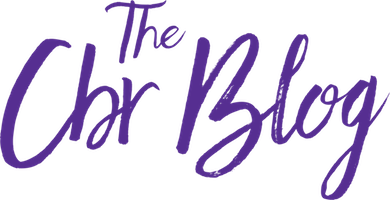Getting your baby the right nutrients is, of course, important. If you’re able to breastfeed, read on to get the benefits, tips and techniques, and any issues that are important to be aware of.
The Benefits
Breast milk contains all-natural antibodies1-4. This helps keep your child from getting really sick with everything from the common cold to ear infections, and it may be associated with a decreased chance of developing allergies, diabetes, leukemia, and more. You want your baby to have a strong immune system, and this is what builds it up. Plus, the nutrients provided are essential for your infant’s development and help their digestion more than commercial formula does.
You benefit, too! Breastfeeding helps your uterus contract back to normal size after the stretching that took place during pregnancy and may even help you lose weight by burning extra calories for you. It also helps you bond with your baby, releasing nurturing hormones that comfort your baby.
According to the MD Anderson Cancer Center at the University of Texas5, research shows that mothers who breastfeed lower their risk for pre- and postmenopausal breast cancer and can help lower ovarian cancer risk by preventing ovulation.
Last but not least, breastfeeding will save you money because you won’t have to buy formula! If you need a break, you can always combine the two.
Tips and Techniques
It is common for breastfeeding to be difficult in the beginning; nonetheless, you should try it within the first hour you give birth, if possible. A nurse or lactation specialist should assist you in the hospital, checking to see whether your baby is latching onto your nipple properly. It shouldn’t be painful, so experiment to find the right spot. Seek help if it doesn’t feel right or if your doctor says your baby isn’t gaining enough weight from breastfeeding. Make sure your questions and concerns are getting answered. Doing things the right way saves you a lot of stress, time, and pain, not to mention protecting you and your baby’s health. You can also take a class before your baby is born to anticipate what to expect, helping you navigate the process a little better.
Colostrum, which is the first milk produced from your mammary glands, can be clear to yellow or golden orange in color and thick and sticky. It is rich in antibodies and immunoglobulins, which will protect your newborn by protecting against bacteria and viruses and will also help them expel their first stool. After the third or fourth day, your breasts will likely increase in size as you start to produce more milk. You will most likely breastfeed your baby 8 to 12 times in a 24-hour period. Watch for hunger signals from your little one, such as looking alert, stirring, making sucking motions and lip movements, crying, and putting their hand to their mouth. Babies nurse better when their feet are resting on something like your leg, the arm of a chair, or a pillow rested under them; it makes them feel more secure.
Issues
Remember you need to take care of yourself when breastfeeding, since you are the food supply. Continue to take prenatal vitamins, get plenty of calcium, drink at least 64 ounces a day of water, and stay well fed with healthy foods. You will burn an extra 300 to 500 calories a day. Lower your stress levels by doing things that help you relax: take a warm bath or shower, curl up on a comfy chair, and practice deep breathing. An adult beverage every once in a while is safe, but wait at least 2 hours before feeding to allow the alcohol to leave your system. We all metabolize alcohol differently, though, so be mindful of your own body. If you do drink caffeine or alcohol, stay extra-hydrated during and after. Be cautious with medication and supplements too. Always consult your doctor when introducing something new or questionable to your body, even if you think you know the answer; that way, they can mark everything on your chart in case something comes up.
Pumping can be done for all sorts of reasons, whether to ensure you have enough milk supply for your baby or to relieve engorgement or blocked milk ducts. This can also allow your partner to feed the baby too, and it leaves mothers free to have a ladies’ night or catch up on sleep. You can take short breaks to pump at work and store breast milk in a fridge or freezer to take home. Discuss your breastfeeding plans with your employer and HR to ensure you have a place with space and privacy where you can go to pump.
You will need extra nipple maintenance at this time. Don’t use harsh or abrasive soap, shampoo, or cleaners when cleaning your nipples, but do clean them thoroughly. If you need to soothe them, apply commercially available nipple cream or purified lanolin after a feeding. If you notice anything abnormal like really sore or cracked nipples, overly moist nipples, or red, sore breasts, contact your doctor. You may have an infection and need antibiotics. The same goes for your baby’s mouth — pay attention, and if you notice white spots, redness, or anything new or unusual, get the two of you to the doctor’s office.
Depending on whether your baby loses interest first, you will have to decide when it is time to wean your baby off breastfeeding altogether. Once your baby has reached one year old, you can start by reducing feedings one at a time over a period of weeks to give your child time to adjust. You may benefit from alternating between bottle and cup so your baby doesn’t get dependent on the bottle and have to be weaned off that next.
After consulting your doctor, if you still need extra help with an issue, you can always contact the National Women’s Health Breastfeeding Helpline6 or the La Leche League7 for information.
Sources:
- Breastfeeding and Asthma and Allergies: a systematic review and meta-analysis, ACTA Pediatric Review Nov 2014, Lodge et al.
- Longer Breastfeeding is an Independent Predictive Factor against Development of Type 1 DM in childhood, DM Res Rev, 2004;20:150-157, Sadauskaite-Kuehne et al.
- Breastfeeding, the Immune Response, and Long-term Health, J Am Osteo Health Apr 2006 vol. 106 203-207, K Jackson et al.
- Breastfeeding and the Risk of Childhood Leukemia: A Meta- Analysis, UC Berkeley PH Journal Nov-Dec 2004 vol 119 pp 521-535, M Kwan et al.
- Breastfeeding lowers your breast cancer risk. The MD Anderson Cancer Center at the University of Texas. https://www.mdanderson.org/publications/focused-on-health/october-2014/breastfeeding-breast-cancer-prevention.html. Published October 2014. Accessed August 14, 2016.
- National Women’s Health Breastfeeding Helpline
http://www.womenshealth.gov/about-us/health-information-by-phone/
- La Leche League International
Disclaimer: This information is for educational purposes only. Please consult your healthcare provider directly for medical advice, diagnoses, and treatments. If you have specific questions or concerns about your health or the health of your baby, consult your physician.


